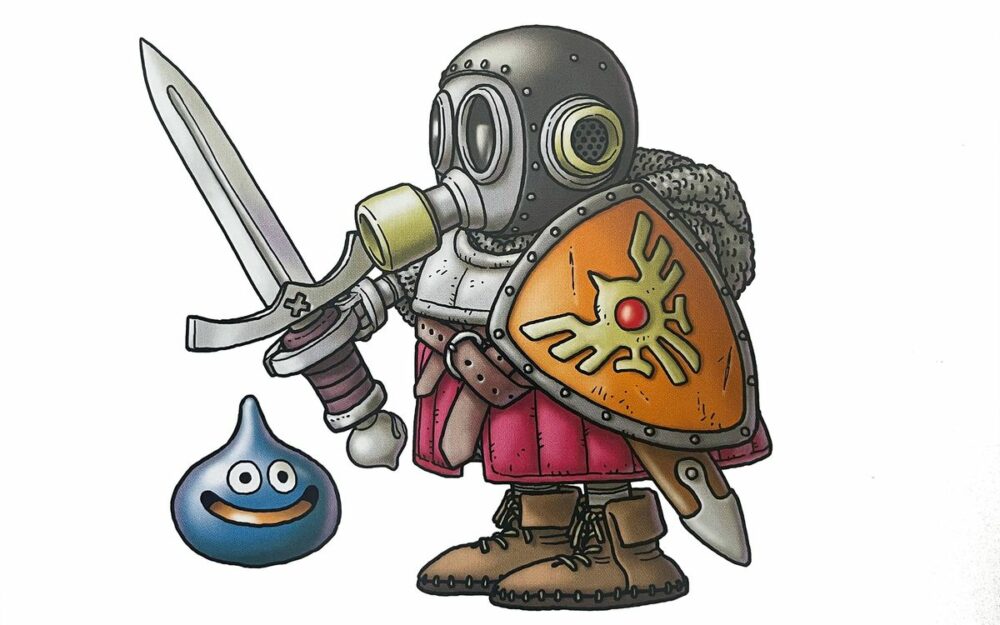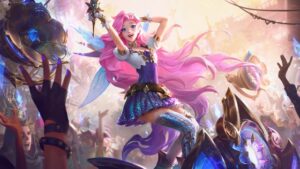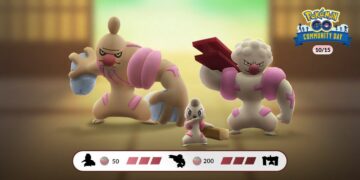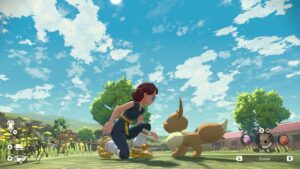Akira Toriyama’s impact on the media of manga and anime, thanks to Dr. Slump and Dragon Ball, was gargantuan. In addition to his expansive fictional worlds and trademark illustrative style, Toriyama was a brilliant character designer — right down to the lowly Dragon Quest Slime, video gaming’s most perfect character design.
With the humble Slime, Toriyama transformed a simple idea into a powerful visual icon that has prospered for nearly four decades. The design for the common monster (and occasional hero) has inspired fashion, furniture, food, home electronics, and hundreds of other products.
The Slime made its debut in the original Dragon Quest, released on Nintendo’s Famicom in 1986. The glob of blue (or orange) goo is one of the first, if not the first, enemies players encounter in a Dragon Quest game. They’re adorable, but they were originally envisioned to be terrifying.
Yuji Horii, the creator of the Dragon Quest series, says the Slime was inspired by Sir-Tech’s Wizardry, the classic role-playing game that featured its own slimy monsters. “I was really hooked on Wizardry, the PC game, and that’s kind of where I got the inspiration for the Slime,” Horii told MTV in 2010. “I was doodling the slime-looking character and I took it to Mr. Toriyama, who did the character design, and he made it the Slime we see today.”
It wasn’t until more recently that many Dragon Quest fans got a peek at what Horii had originally envisioned. His loose sketch of what a Slime might look like, drawn in the mid-’80s, was more widely disseminated in 2017. Here’s a good look at Horii’s original idea, on the left, with Toriyama’s interpretation on the right.
There has never been a more important glow up in history then the sketch Yuji Horii gave Akira Toriyama for slimes in Dragon Quest vs what Toriyama sent back. pic.twitter.com/aSivcJ4nbl
— hamish steele! (@hamishsteele) February 8, 2023
Horii’s description says it’s amorphous and jelly-like. It would attach itself to people’s faces and suffocate them to death, according to his notes to Toriyama.
“Originally when we thought up the slime it was a pile of goo and we gave it to Toriyama-san to draw a picture of and make it a proper monster,” Horii told IGN in a 2007 interview. “We had imagined it [as] an icky pool of slime, but when he came back with that perfectly shaped tear-drop monster we thought it was perfect. That’s part of Toriyama’s power to take something like a pool of slime and use his imagination to make it a great character.”
Toriyama’s design is, indeed, perfect. Using only a few primitive shapes and lines, he gave the Slime a sense of volume and wetness. Its large, circular eyes and inflexible smile give it a blank, purposeless expression — an appearance that makes it ideal to serve as low-level cannon fodder and as a cheerful party companion.
The core elements of the Slime, namely its easy-to-draw shapes, draw on the same simplicity that governs the design of Osamu Tezuka’s Astro Boy and Walt Disney’s Mickey Mouse. Since they’re composed of circular design elements, they’re all easy to recall and draw quickly, making them highly adaptable.
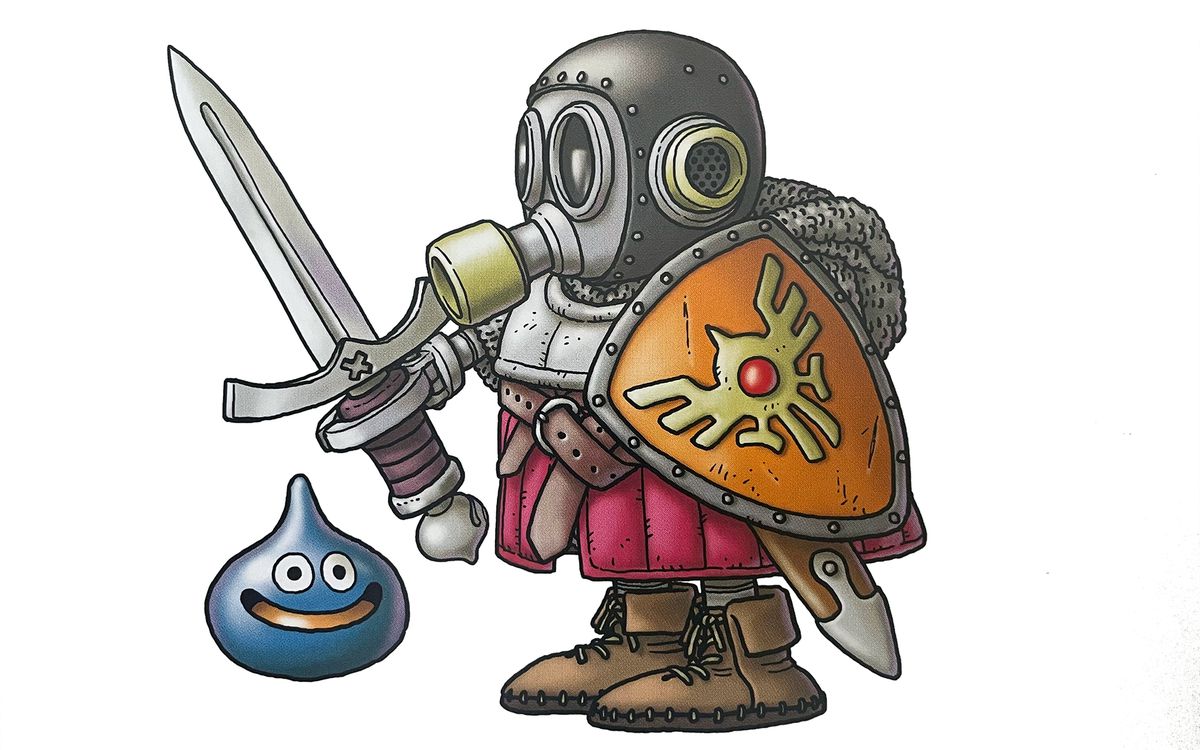
The Slime design has been thoroughly reimagined and transformed by Toriyama and others over the past four decades. For Dragon Quest 2, Toriyama created new variations, including the jellyfish-like Healslime and the noxious Bubble Slime — an iteration that hewed more closely to the creature’s Wizardry roots. Dragon Quest 4 brought us the King Slime, another Toriyama design that imagined a hierarchy of Slimes with an engorged blue goo that wears a royal crown. As the Slime evolved, it graduated to becoming the hero in games like Dragon Quest Heroes: Rocket Slime and the CG anime Dragon Quest: Your Story.
Dragon Quest publisher Square Enix now sells all manner of Slime-inspired merchandise, including coffee tables, giant beanbags, hourglasses, and ice trays. In Japan, Square Enix is currently selling just about everything you need to dress a baby, from booties to onesies to beanies, in head-to-toe Slime designs. The Slime has even been reimagined as a game controller — Hori’s Slime controller, originally released for PlayStation 2 and later brought back for Nintendo Switch and PlayStation 4, is simultaneously the world’s cutest and least ergonomic gamepad.
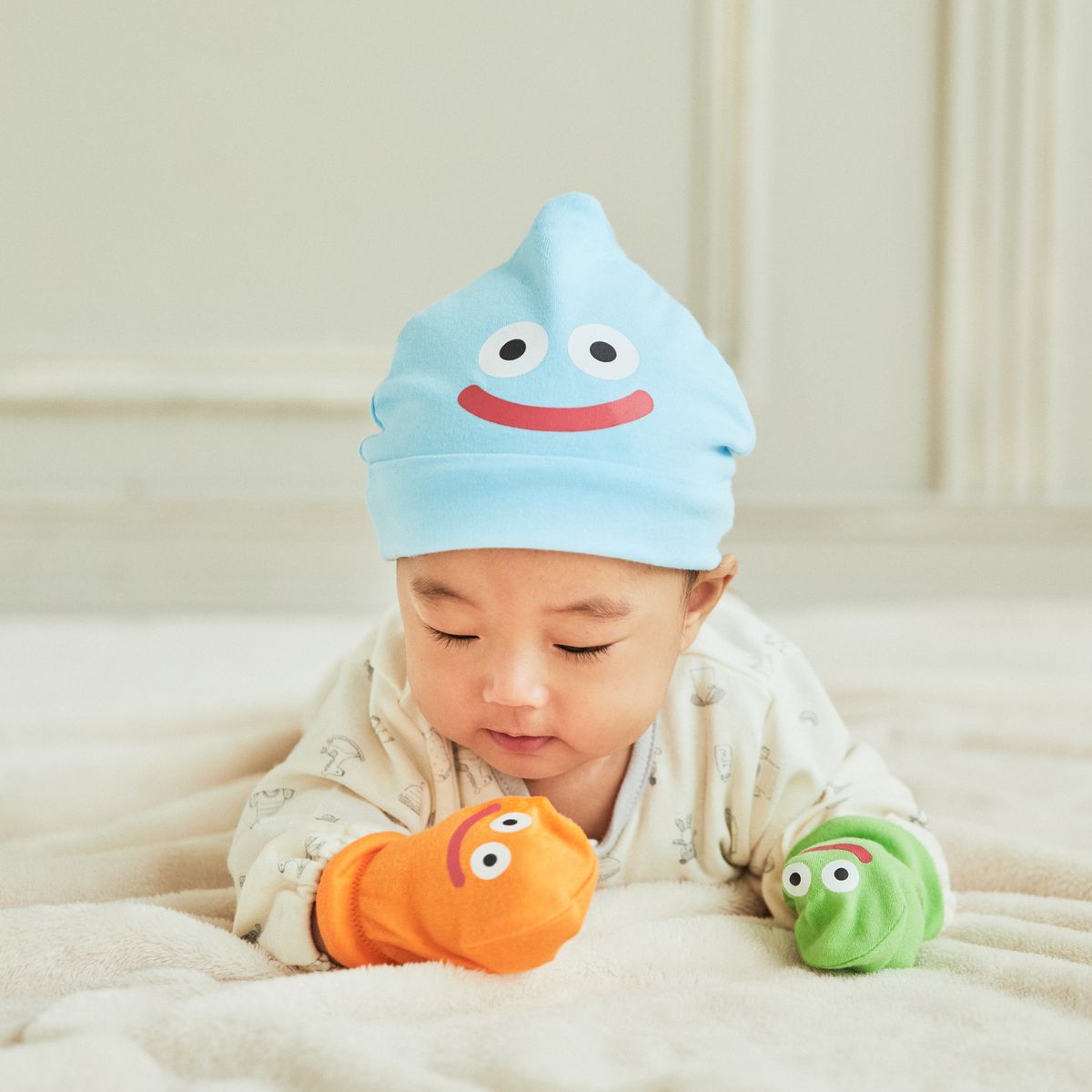
Photo: Square Enix
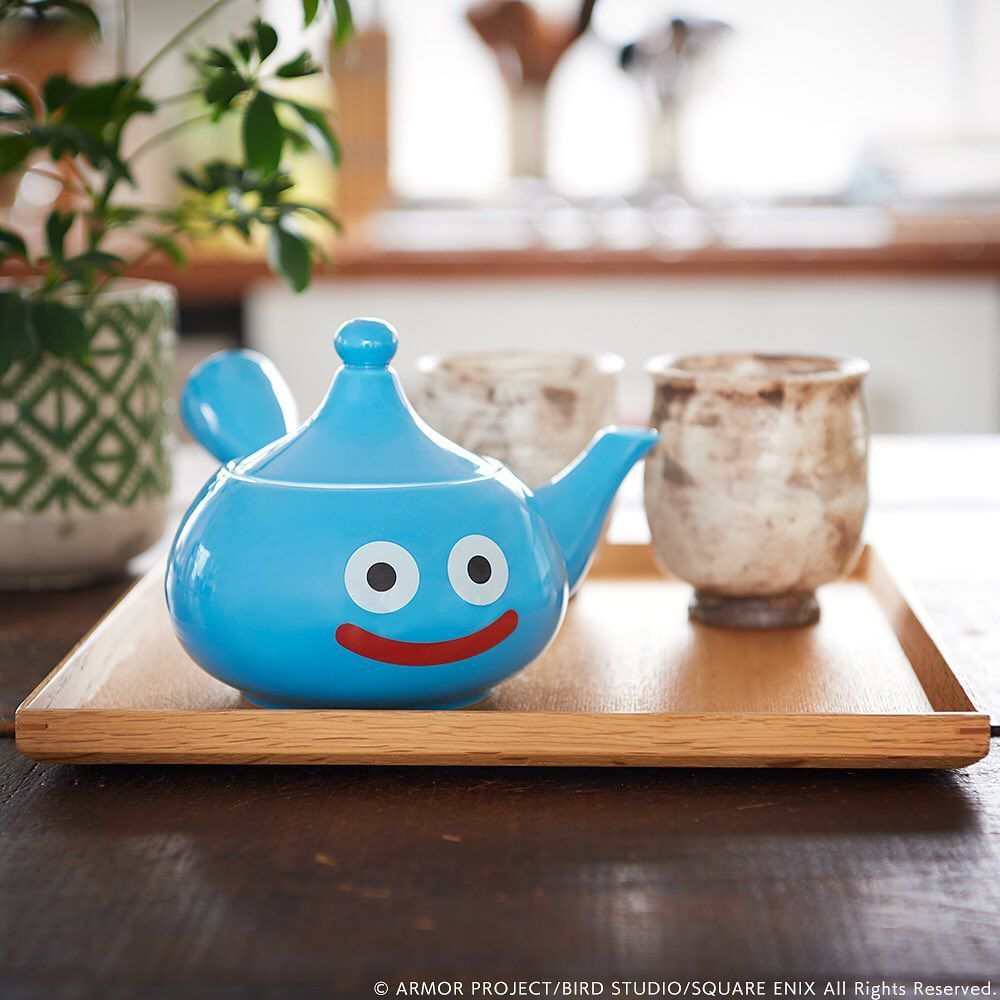
Photo: Square Enix
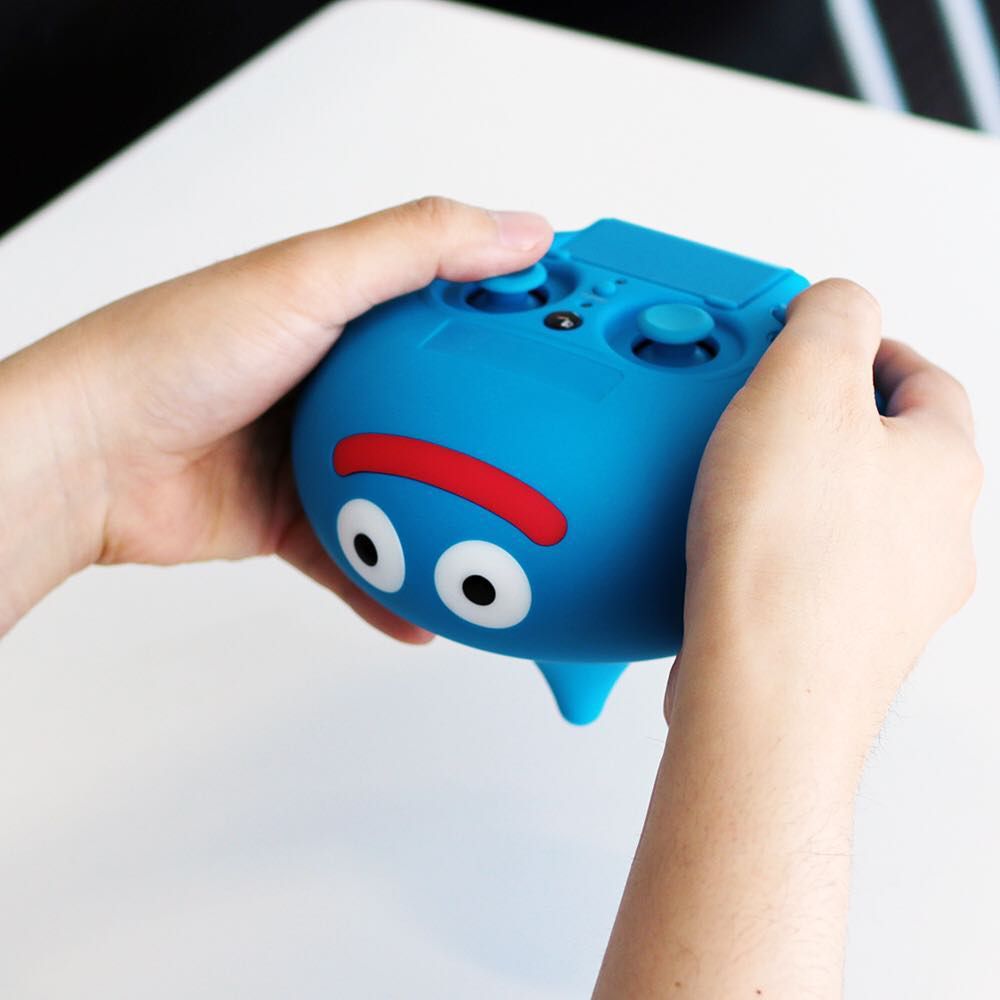
Photo: Hori/Square Enix
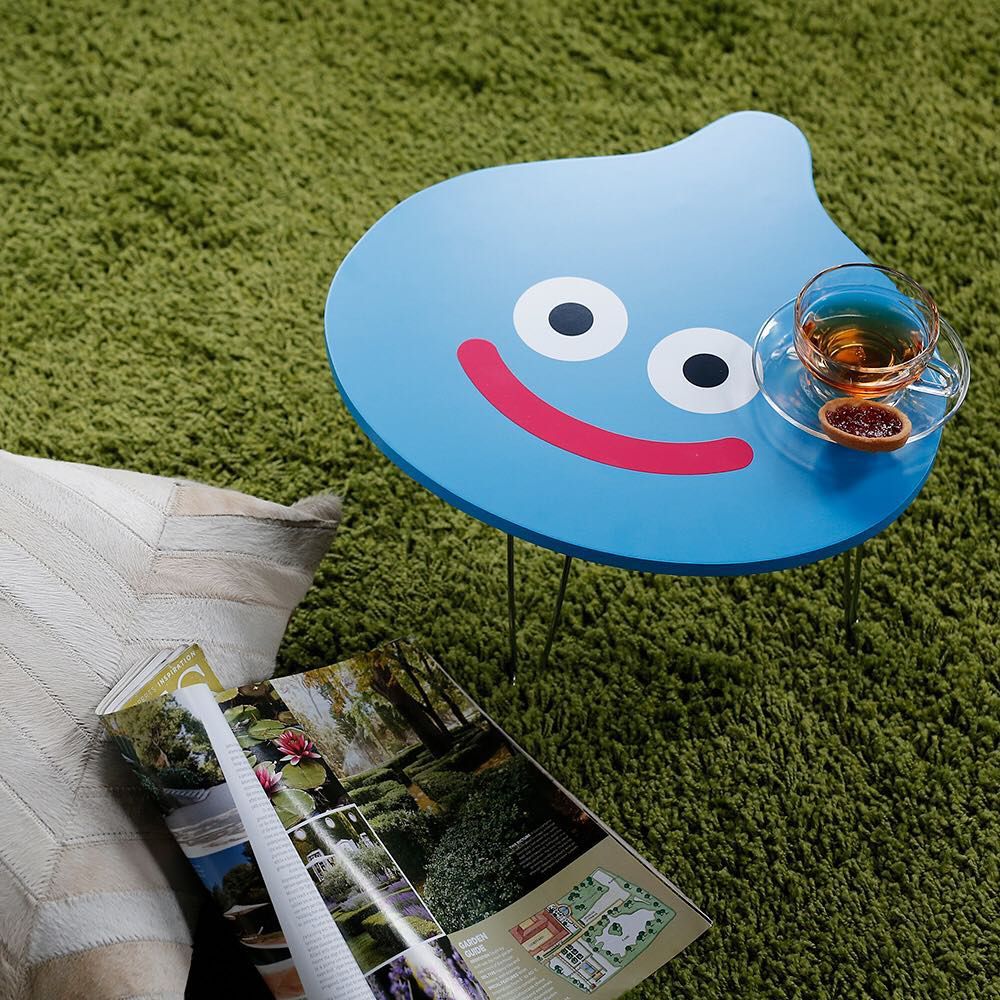
Photo: Square Enix
Toriyama’s creations, particularly those of Dragon Ball and Dr. Slump, will continue to inspire fans and other artists for generations. The manga artist’s legacy will also endure more quietly in the Slime, a perfectly realized character design that will forever serve as the visual shorthand for and strongest icon of the Dragon Quest franchise he helped create.
To enjoy more of Toriyama’s work for the Dragon Quest franchise, check out Dragon Quest Illustrations: 30th Anniversary Edition, the 2018 collection localized by Viz Media.
- SEO Powered Content & PR Distribution. Get Amplified Today.
- PlatoData.Network Vertical Generative Ai. Empower Yourself. Access Here.
- PlatoAiStream. Web3 Intelligence. Knowledge Amplified. Access Here.
- PlatoESG. Carbon, CleanTech, Energy, Environment, Solar, Waste Management. Access Here.
- PlatoHealth. Biotech and Clinical Trials Intelligence. Access Here.
- Source: https://www.polygon.com/gaming/24094509/akira-toriyama-dragon-quest-slime
- 1000
- 2018
- 30th
- 50
- 8
- a
- About
- accessories
- according
- ADDITION
- adorable
- Akira
- Akira Toriyama
- All
- also
- an
- and
- anime
- Anniversary
- Another
- Archive
- Art
- art book
- as
- At
- attach
- Baby
- back
- BE
- becoming
- been
- being
- bird
- Blue
- book
- brilliant
- brought
- bubble
- but
- by
- came
- character
- check
- circular
- Classic
- closely
- Coffee
- collection
- COM
- Common
- companion
- composed
- continue
- controller
- Core
- create
- created
- creator
- Crunchyroll
- currently
- death
- debut
- decades
- description
- Design
- designer
- designs
- DID
- down
- Dragon
- Dragon Quest
- draw
- drawn
- easy
- Electronics
- elements
- encounter
- enjoy
- envisioned
- even
- everything
- evolved
- expansive
- expression
- eyes
- faces
- fans
- Fashion
- featured
- few
- First
- food
- For
- forever
- four
- Franchise
- from
- furniture
- game
- game controller
- Gamepad
- Games
- Games Like
- Gaming
- GAS
- gave
- generations
- giant
- give
- good
- got
- governs
- great
- had
- hands
- has
- he
- held
- helped
- Hero
- heroes
- highly
- his
- history
- Home
- HTTPS
- Humble
- Hundreds
- i
- ICE
- ICON
- idea
- ideal
- if
- IGN
- imagination
- imagined
- Impact
- important
- in
- Including
- indeed
- Inspiration
- inspired
- into
- Is
- IT
- iteration
- ITS
- itself
- Japan
- jp
- jpg
- just
- kind
- King
- large
- later
- least
- left
- legacy
- like
- lines
- Look
- made
- make
- MAKES
- Making
- Manga
- manner
- many
- Media
- merchandise
- might
- monsters
- more
- most
- mr
- namely
- nearly
- need
- never
- New
- Nintendo
- Nintendo Switch
- not
- notes
- now
- of
- on
- One
- only
- or
- original
- originally
- Other
- Others
- out
- over
- own
- part
- particularly
- Party
- Past
- PC
- PC Game
- perfect
- perfectly
- photo
- picture
- plato
- plato data intelligence
- platodata
- platogaming
- players
- playstation
- PlayStation 2
- playstation 4
- Polygon
- pool
- portrait
- power
- powerful
- primitive
- Products
- proper
- Publisher
- quest
- quickly
- quietly
- realized
- really
- recently
- reimagined
- released
- right
- rocket
- Role-Playing
- roots
- royal
- same
- says
- see
- self
- selling
- sells
- sense
- sent
- Series
- serve
- shaped
- shapes
- Simple
- simplicity
- simultaneously
- since
- something
- Sponsored
- square
- Square Enix
- strongest
- style
- Switch
- table
- Take
- Tea
- terrifying
- thanks
- that
- The
- Them
- then
- they
- those
- thought
- to
- Today
- told
- took
- trademark
- transformed
- true
- until
- up
- us
- use
- using
- variations
- Video
- visual
- Viz Media
- volume
- vs
- was
- we
- were
- What
- when
- where
- WHO
- will
- with
- Work
- Worlds
- would
- you
- your
- zephyrnet
